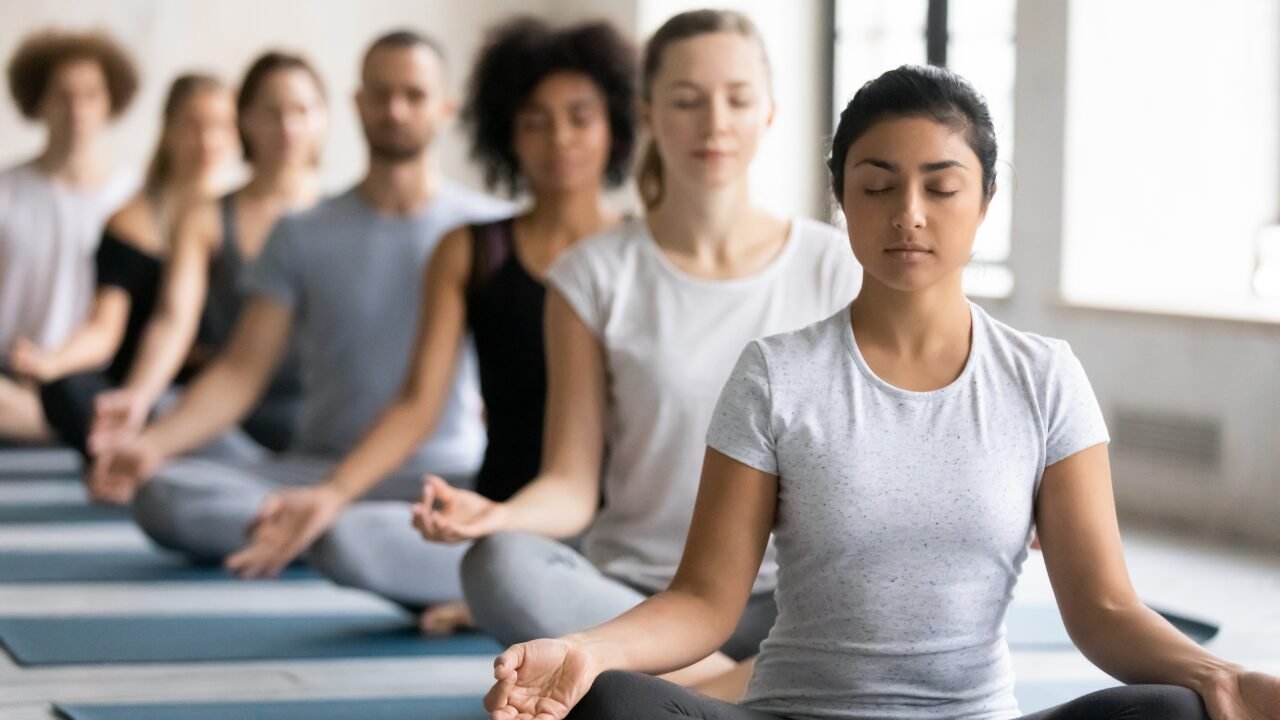Meditation can change your life. it's can create inner peace, clarity, and well-being
The Art of Meditation
Discover inner peace, clarity, and well-being
What is Meditation?
Meditation is a practice where an individual uses a technique – such as mindfulness, or focusing the mind on a particular object, thought, or activity – to train attention and awareness, and achieve a mentally clear and emotionally calm and stable state.



Throughout history, many cultures have used meditation to increase calmness, develop compassion, patience, generosity, and forgiveness. A particularly ambitious form of meditation aims at effortlessly sustained single-pointed concentration meant to enable its practitioner to enjoy an indestructible sense of well-being while engaging in any life activity.
The Necessity of Meditation
In our fast-paced, constantly connected world, meditation is no longer a luxury—it's a necessity for maintaining mental and emotional balance.
Why We Need Meditation Today:
The Right Process of Meditation
While there are many forms of meditation, most share four key elements: a quiet location, a specific posture, a focus of attention, and an open attitude.
Find a Quiet Space
Choose a peaceful environment where you won't be interrupted for the duration of your meditation.
Get Comfortable
Sit in a comfortable position with your back straight, either on a chair or cross-legged on the floor.
Set a Time Limit
If you're just beginning, it can help to choose a short time, such as five or ten minutes.
Focus on Your Breath
Pay attention to the sensation of air entering and leaving your body as you breathe naturally.
Notice Your Thoughts
When thoughts arise, don't ignore or suppress them. Simply note them and return to your breath.
Close Gently
When you're ready, gently open your eyes. Take a moment to notice how you feel before moving on.
Benefits of Regular Practice
The benefits of meditation extend far beyond the moments you spend in practice. Regular meditation can transform your relationship with yourself and the world around you.
Long-Term Benefits:
Remember that meditation is a practice, which means it's a continual process. Some days will feel easier than others, but the key is consistency rather than perfection.

